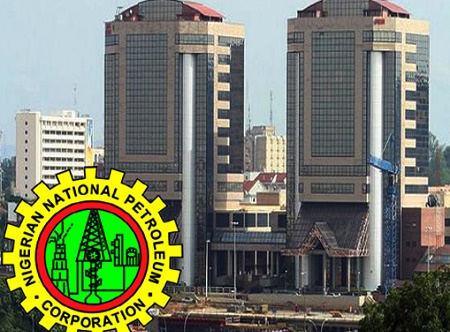THERE are indications that Nigeria stands to generate maximum foreign exchange from its crude oil export as the demand and supply have been described as stable.
Reuters disclosed that: ‘’Qua Iboe was offered at dated Brent plus $1.60 a barrel, stable from Friday when the asking price was lowered by 40 cents to tempt buyers.
‘’Thailand’s PTT, Indian Oil Corp and Taiwan’s CPC are all running buy tenders that could absorb West African crude this week.’’
It also indicated that: ‘’Africa Crude-Sonangol offers May cargoes, Nigerian steady.’’
Meanwhile, the Organisation of Petroleum Exporting Countries, OPEC, has predicted increased stability in the market because of the commitment of both OPEC and non-OPEC members.
The Secretary General of the Organisation, Dr. Mohamadu Barkindo stated that: ’’Twenty-four oil producing nations agreed at the first OPEC non-OPEC Ministerial Meeting held on the 10th of December 2016 in Vienna, on a concerted effort to accelerate the stabilization of the global oil market through voluntary adjustments in total production of around 1.8 million barrels per day.
“The second OPEC non-OPEC Ministerial Meeting, held on the 25th of May 2017, extended the voluntary production adjustments for another nine months commencing on the 1st of July 2017.
‘’Following the third OPEC and non-OPEC Ministerial Meeting on the 30th of November 2017, the Declaration of Cooperation was amended to take effect for the entirety of 2018.
‘’If one word was used to describe the impact of the Declaration of Cooperation, it would be ‘transformative.’ A new player has emerged on the global oil scene: the OPEC-non-OPEC strategic partnership; conformity has been at a record-breaking high and the market rebalancing process has gained massive momentum. Not bad for a partnership which many cynics did not think would get off the ground in the first-place!’’
He added that: ‘’Conformity averaged 107% per month in 2017, across all participating countries. I am pleased to announce that January’s conformity level will be released in a few hours, which will be 133 per cent in January 2018.
‘’While commercial oil stocks in the OECD rose in January 2018, this is typical for the season and they remained 74 mb above the latest five-year average. This represents an astonishing reduction of over 265 million barrels since January 2017, when we started implementing the production adjustments.
‘’There are further positive signs for the global oil market. Global economic growth is forecast at 3.8 per cent for both 2017 and 2018. Indeed the IMF reported in Davos at the World Economic Forum that 122 countries around the globe have registered positive economic performances.
“Correspondingly, global oil demand growth has also been on the rise; with the 2017 forecast having been revised up to now stand at 1.6 million barrels a day.
“For 2018, the encouraging dynamic is set to continue with a forecast of 1.6 million barrels a day. Additionally, all three benchmarks- Brent, WTI and Dubai- remain in backwardation.’’
























